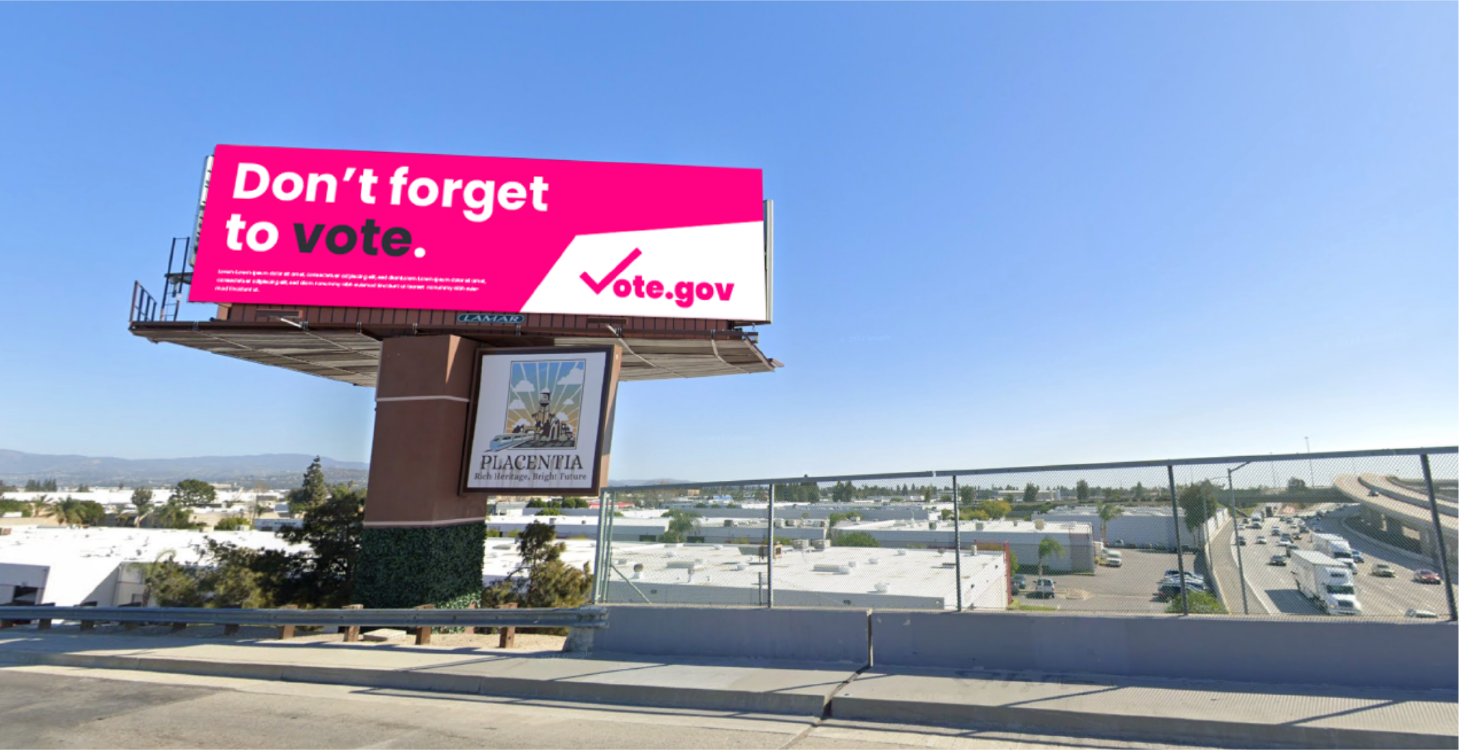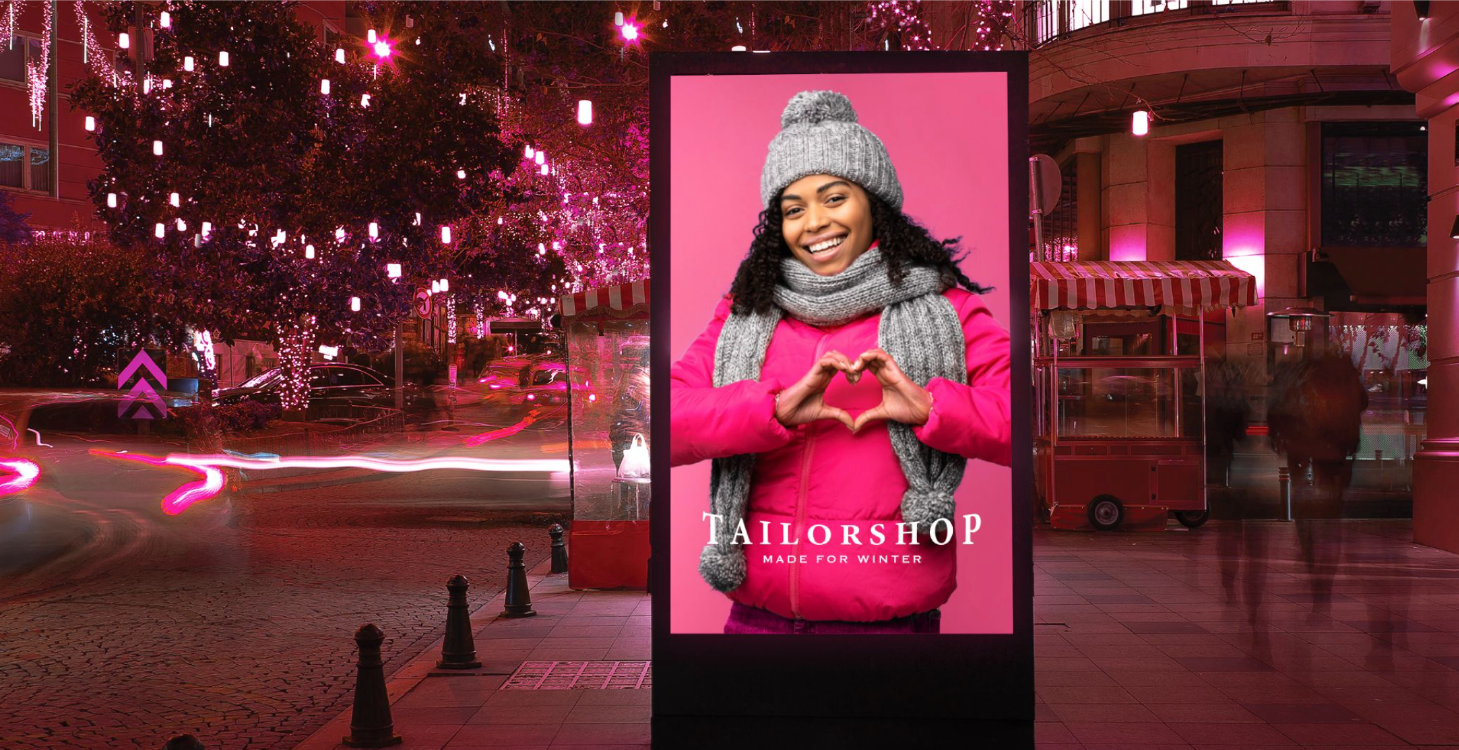January 11, 2024 | 専門のインサイト
Creative Series Volume 1: DOOH More With Your Creative Assets

When it comes to digital out of home (DOOH) and your next ad campaign, there is a wide variety of venue types and literally hundreds of board specifications which can be difficult to navigate. However, media & technology platforms and partners are making it easier for brands, agencies and marketers to use the latest technology to offer a more tailored experience at scale.
The opportunity to customize creative for virtually any screen in any environment is readily available, however this segmentation of DOOH creates a challenge for brands. Scaling a campaign can require multiple ad sets, multiple screen sizes, multiple formats, across multiple mediums. Needless to say, this can be time consuming, expensive to develop and the odd time creates embarrassing mishaps.
So, how can marketers stretch their campaign, without stretching their budget? Let’s look at some common creative formats used in DOOH and discuss how to adapt, optimize and scale them seamlessly:
The Roadside Billboard
Common board sizes: 840x400, 1400x400

Roads, highways and other transportation routes will always be a popular venue type for DOOH. These formats are highly visible and effective at capturing attention, while offering flexible and creative solutions to reach local audiences.
While roadside billboards may have lower dwell times, according to the OAAA, 71% of people often look at billboards and more than 50 percent of them say they found it highly engaging. Marketers who master the art of brevity and contextuality can take advantage of this venue type.
Street Furniture
Common board size: 1080x1920

It’s the blue jeans of digital out of home. Your classic, pedestrian, neighbourhood portrait board meets the urban dwelling traveller. These are transit shelter boards, mall aisle kiosks and urban panels on sidewalks and walkways. Some are static images and some play 30 second videos. Every location is different, so check the ad policies and guidelines for where it's being displayed.
Due to the higher dwell time, street furniture offers the creative advantage of being best suited for interactive content, such as QR codes and other strong call to action campaigns. Increased dwell times generate more leads and help to convey a clearer story of the product or service.
The “Spectacular” board
Common board size: 14’ x 48’ and up

These high-impact boards are usually the most expensive and sought after inventory thanks to their unmissable quality in high traffic areas. A spectacular billboard is usually the “main event” within DOOH and often part of a larger takeover campaign. A great example of this was Mattel’s pink tsunami this past summer promoting the new Barbie movie.
This is where you’ll see the cream of the crop, award-winning creative, from the world's top brands and advertisers. Prime spectacular boards include, the NasDaq board in Times Square, the curved Piccadilly Circus board in London, Shinjuku’s famous “anamorphic”/3D billboard in Tokyo, or more recently, the world's largest digital screen, the MSG Sphere in Las Vegas.
Place-based boardsCommon board sizes: 1920x1080, 560x160, 720x208

These boards go where you go. Sometimes literally. These are screens in taxis, theatre lobbies, concert venues, gyms, etc. Because these venue types have higher dwell times, there is an untapped opportunity to connect with audiences.
Context is also key, so using proximity targeting or utilizing weather-based triggers are just a couple of methods for delivering specific messaging to multiple audiences and environments.
We’re also seeing emerging technologies like Dynamic Content Optimization (DCO) and programmatic audio OOH that provide advertisers with the ability to target at scale and reach new audiences anywhere at any time.
It’s not uncommon to see a repurposed TV spot on a DOOH board as part of a standard campaign extension, but these days, the modularity of your campaign is key. How will this TV spot look as a static image banner on the roadside 100 ft away? How about as an ambient motion graphic video at the next conference venue? Sometimes it works to repurpose, other times it does not, so make sure to analyze the various use cases.
Always consider your DOOH board specs before developing the final creative in order to maximize the impact of your campaign, while making the most of your creative production budget.
Got a campaign that needs some extra DOOH help? Contact Hivestack and we’ll adapt and optimize your campaign seamlessly


